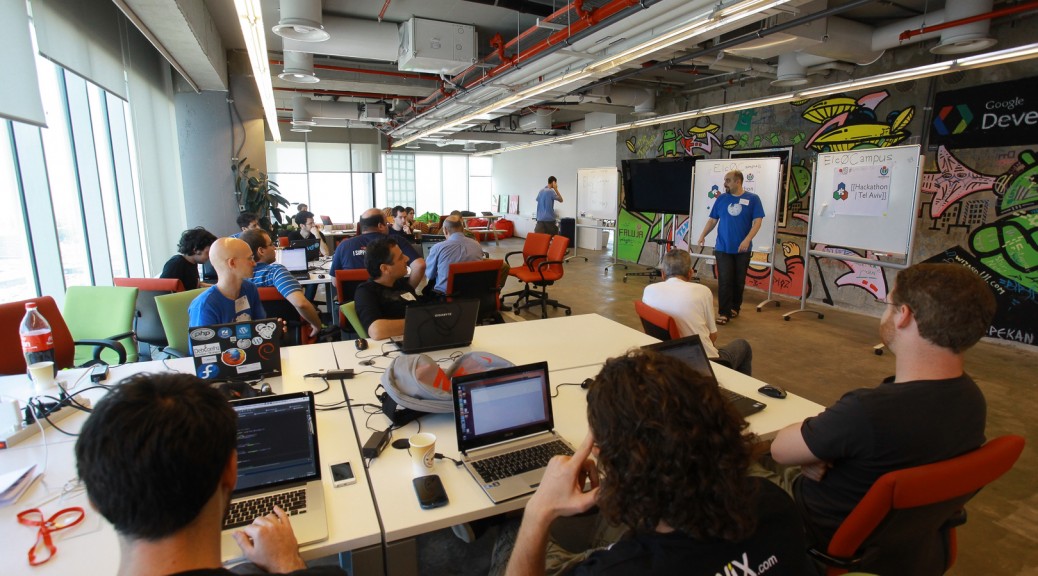Coding provides the potential solutions to many of the world’s problems. This includes conservation. Consider a recent article for Mongabay WildTech titled “Coding for conservation: Hackathons generate apps and ideas.”
Sue Palminteri of Mongabay WildTech writes, “The general goal is to quickly develop a product that solves the challenge presented at the start of the event. Products generally take the form of websites, mobile apps, and robots, which can be created on the spot with limited time and resources. The Facebook ‘Like’ button, for example, was apparently designed at a hackathon. Participants also seek less tangible outcomes, including the chance to meet like-minded people, learn new skills, and use these skills creatively to build something new that addresses a particular challenge. The challenge proposed for the Hackathon for Wildlife was to ‘Develop innovative approaches and business models to connect 20 million people worldwide with wild animals, through a combination of technologies that include GPS hardware, data, games, and social media.’ The challenge built on the worldwide outrage about the killing of a lion named Cecil in Zimbabwe. Once people knew his name, he gained celebrity status and the concern of many thousands of people. Might games or social media be venues for generating this kind of compassion for other wild animals?… Participants are typically technology developers, designers, programmers, and user-interface experts. A themed hackathon might also attract subject-matter experts. At the Hackathon for Wildlife, attendees included 13 tech and wildlife specialists from companies including ESRI, BRCK, and Amazon, and seven local and international wildlife organizations. Among the 65 participants were also wildlife enthusiasts, computer science students, teachers, and working professionals… Participants mainly work furiously to complete a project that was likely proposed and agreed upon hours before. After a brief introduction to people and objectives, teams of 3 to 8 people, who often have just met one another, self-select to work collaboratively toward a particular idea or solution to the hackathon’s challenge. (Hackathon for Wildlife participants formed 10 teams.) They spend the next 24 to 48 hours (usually a weekend) brainstorming, designing, coding, and learning new technologies, with the goal of producing a prototype for that concept. They also might attend one or more short training sessions.”
Looking for the best in customized coding education? You can’t go wrong with CodeRev Kids. At CodeRev Kids, our lessons focus on computational thinking, which encompasses a wide variety of programming languages and concepts.
Our lessons build upon one another and we adjust starting points to each student’s level of expertise. Thus, the entire curriculum is customized. We are known for saying we are the most educational tech camp out there, but we also keep the focus on having fun. As a result, students stay engaged while learning to blend creativity with technology.
